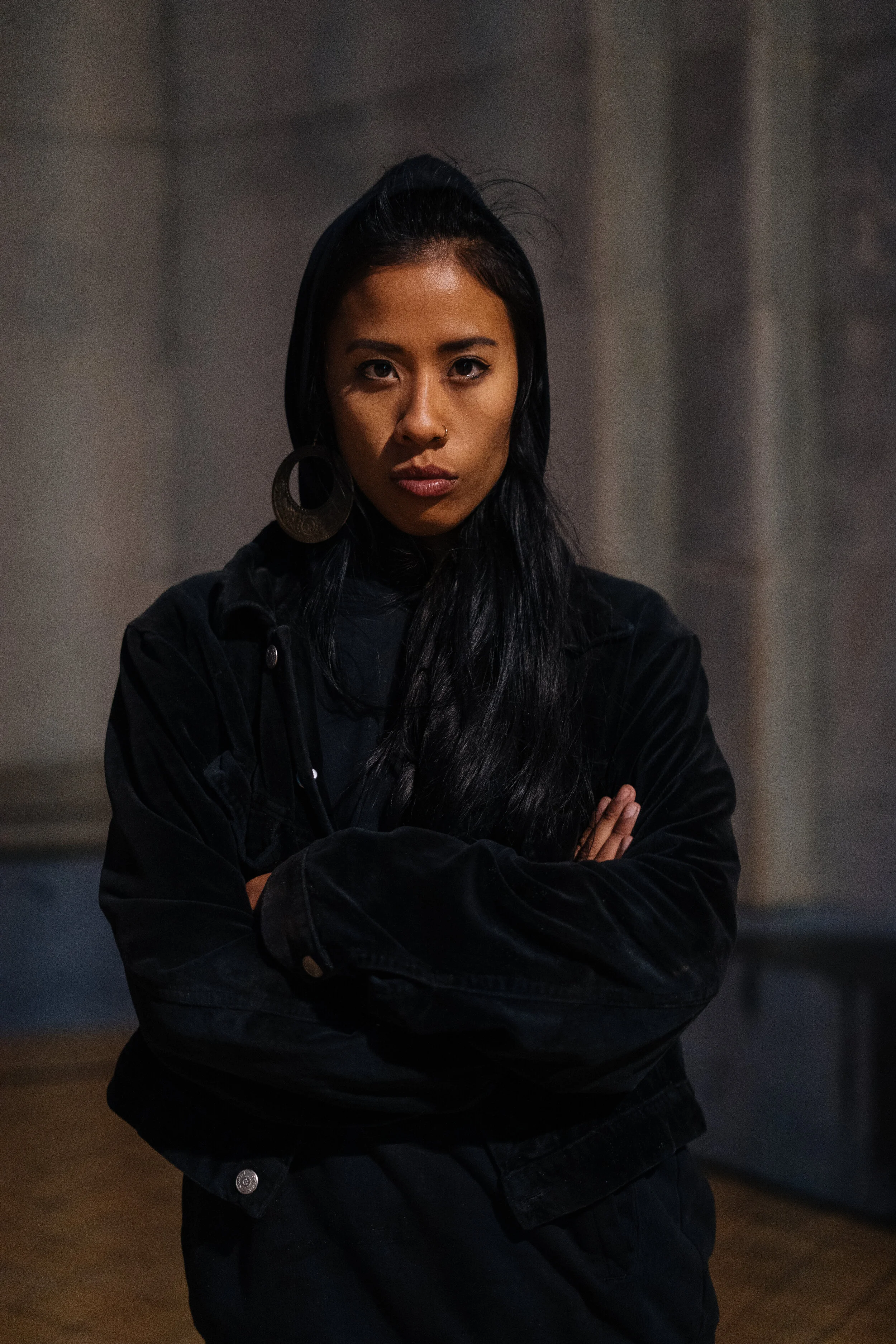Belgium begins to reckon with its colonial past
The city of Ostend is home to an
elaborate statue of colonial ruler Leopold II. Locals are discussing what its future
should be – and how they feel about the past
By Diana Takacsova
All photos / Diana Takacsova
As the Black Lives Matter protests continue across the world, European countries are being forced to take a deeper look at their past. In Belgium, the discussion over statues of Leopold II, whose rule led to mass atrocities after the country colonised the Congo, has intensified. More petitions for their removal have circulated, and several monuments have been defaced – and some later removed.
In the coastal city of Ostend, the Leopold II monument is a prominent part of the promenade, alongside other buildings that were built by the monarch. It shows Leopold II in military uniform on horseback, looking out to the North Sea. It also depicts Congolese people thanking him “for freeing them from slavery among the Arabs” – a historical falsehood.
Dancers commemorate 60 years of Congolese independence
In 2004, activists cut off the hand of one of the “grateful Congolese” – a common punishment inflicted on slaves. They offered to return it if the state apologises for slavery and a historically correct sign is erected.
There are currently no plans to remove the statue, but the city council has promised to undertake steps to facilitate a dialogue and to look at the colonial past critically.
This “grateful Congolese” figurine’s hand was removed by activists
On 30 June, Ostend commemorated the 60th anniversary of Congo’s independence with a symbolic performance led by dancer-choreographer Michel Kiyombo, which took place under the monument.
Photojournalist Diana Takacsova spoke to residents about their thoughts on both the statue and the wider movement against racism and for a reevaluation of historical narratives.
Dominique Lubaki
I’ve lived here for 29 years. I run a “colonial bike tour” and train a football team. Ostend is my city. I don’t have a position when it comes to whether the statue should stay or be removed. The largest issue is structural racism – even if the statue is gone, racism remains. However, the sign next to it isn’t sufficient – I have designed my own version. One which explains that far from freeing the Congolese from slavery Leopold II expelled them for his own sake, exploiting them cruelly, and how wealth didn’t certainly didn’t flow to them but only to Belgium.
Pradthana Devos
In Ghent, the city council removed the statue of Leopold II. This monument shouldn't be here. Or at least, something about it must change – maybe the horse or the head? Some people don’t know history in much detail, they don’t have accurate information about colonisation, and they think the statue should remain as a kind of art. But they should read the facts.
Jens Degrens
My opinion doesn’t really carry any weight because I am a white male. We live in a country that is wealthy because of this period. I’ve had this discussion with people of colour – some say the statue should go, others say that if you take it out, people will have less of a reason to discuss this period of our history and artists won’t be able to interact with the statue. People who were victims then are still victims now, and I think more effort and attention should go towards this.
Cécile Cappellen
I think people have already begun to see the truth. They have more information and a better picture of colonialism. The statue shows Congolese people and fishermen paying tribute to the king of Belgium. My question is: is this the truth? Think. You don’t have to remove the monument, just leave it – and try to ask people what Leopold II did. Add a text that gives context so we don’t forget the past and the next generation can ask itself: was it good or not?
Mireille Devry
I would keep the monument with the cut off hand as it is now - it’s a statement in itself. I think there should be a screen in the wall with a video explaining what happened under the rule of Leopold II in Congo: I think many people would realise the truth. But if we remove all the monuments around the world, we don’t have history anymore. And if you don’t know history, that’s dangerous – because it can be repeated.
Tian Kagni
It’s our history – the statue has to stay. We don’t have to clear away history; the history of each country is a puzzle. At the same time, the Black Lives Matter movement needs to bring people of colour closer to the administration: they are born here, they speak the language, so they need to be part of the economy of the country. In Belgium, racism is now a political instrument, used by parties who try to stigmatise foreigners.









